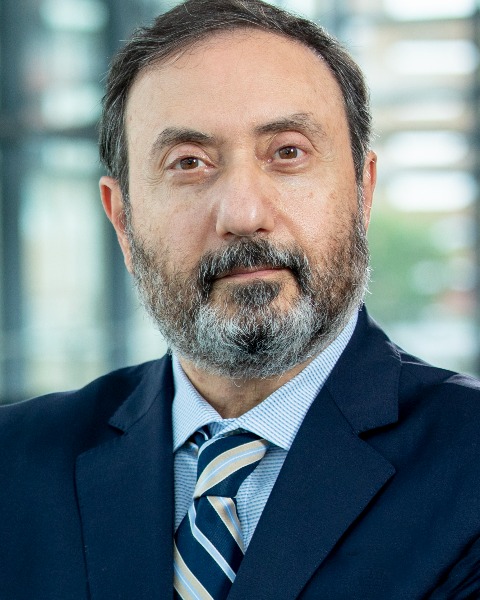Category: Healthcare Policy/Economics
Poster Session I
(322) Cost Analysis of Elective cesarean versus induction in nulliparous patients with super-morbid obesity.
Nulliparous patients with super-morbid obesity (body mass index [BMI] 60 kg/m2 or greater) are at high risk for cesarean delivery after induction of labor. We sought to evaluate the economic benefit of elective cesarean delivery compared to induction of labor for nulliparous patients with super-morbid obesity at 39 weeks’ gestation.
Study Design: We developed a decision-analytic model to compare elective cesarean delivery with induction of labor for nulliparous patients with super-morbid obesity from the perspective of health care providers. The primary outcome was the expected cost per patient by strategy from a health system perspective. Costs (in 2021 USD) included those for cesarean delivery, induction of labor, vaginal delivery, and for potential complications such as endometritis, wound infection, hospital readmission, return to the operating room, and neonatal intensive care unit admission. Information on the risk of complications and the associated medical costs were derived from the literature and our database of nulliparous patients with super-morbid obesity (Table 1). A series of sensitivity analyses were conducted by varying parameters in the model based on the ranges of probabilities and costs collected from data sources.
Results: In the base-case analysis, assuming that 70% of nulliparous patients undergoing induction of labor would have a cesarean delivery, elective cesarean delivery would cost $27,113 compared with $25,616 for induction of labor, resulting in an excess cost of $1,497 per nulliparous patient with super-morbid obesity. These findings were robust to a multitude of inputs: in a sensitivity analysis, we found that induction of labor is a more economical strategy as long as cesarean delivery after induction of labor does not exceed 80% (Figure 1).
Conclusion: Induction of labor at 39 weeks’ gestation is a more economical strategy compared to elective cesarean delivery for nulliparous women with super-morbid obesity as long as the rate of cesarean delivery after induction of labor does not exceed 80%.
- RH
Rebecca Horgan, MD
Eastern Virginia Medical School
Norfolk, Virginia, United States 
Jerri A. Waller, MD (she/her/hers)
MFM Fellow
Eastern Virginia Medical School
Norfolk, Virginia, United States- PJ
Priyanka Jain, MD
University of Virginia
Charlottesville, Virginia, United States 
Carole Barake, MD
University of Texas Medical Branch
Galveston, Texas, United States- SG
Stacey Gold, MD
New Jersey Perinatal Associates
Livingston, New Jersey, United States - JH
Jim Huang, PhD
National Sun Yat-Sen University, Kaohsiung
Kaohsiung, Taiwan, Taiwan (Republic of China) 
Alfred Abuhamad, MD
President, Provost and Dean
Eastern Virginia Medical School
Norfolk, Virginia, United States
Tetsuya Kawakita, MD, MS, FACOG
Assistant professor
Eastern Virginia Medical School
Norfolk, Virginia, United States

.png)
